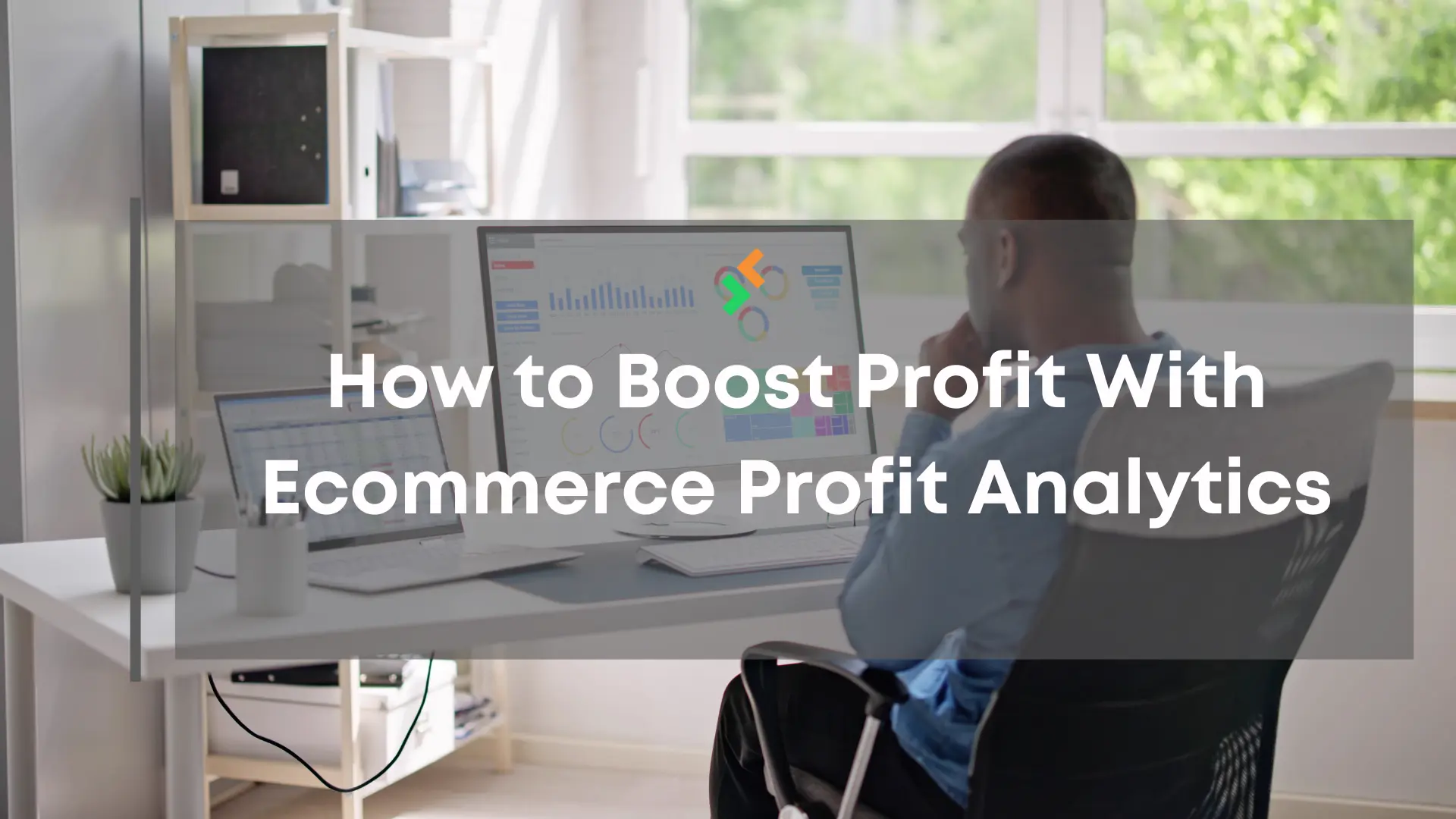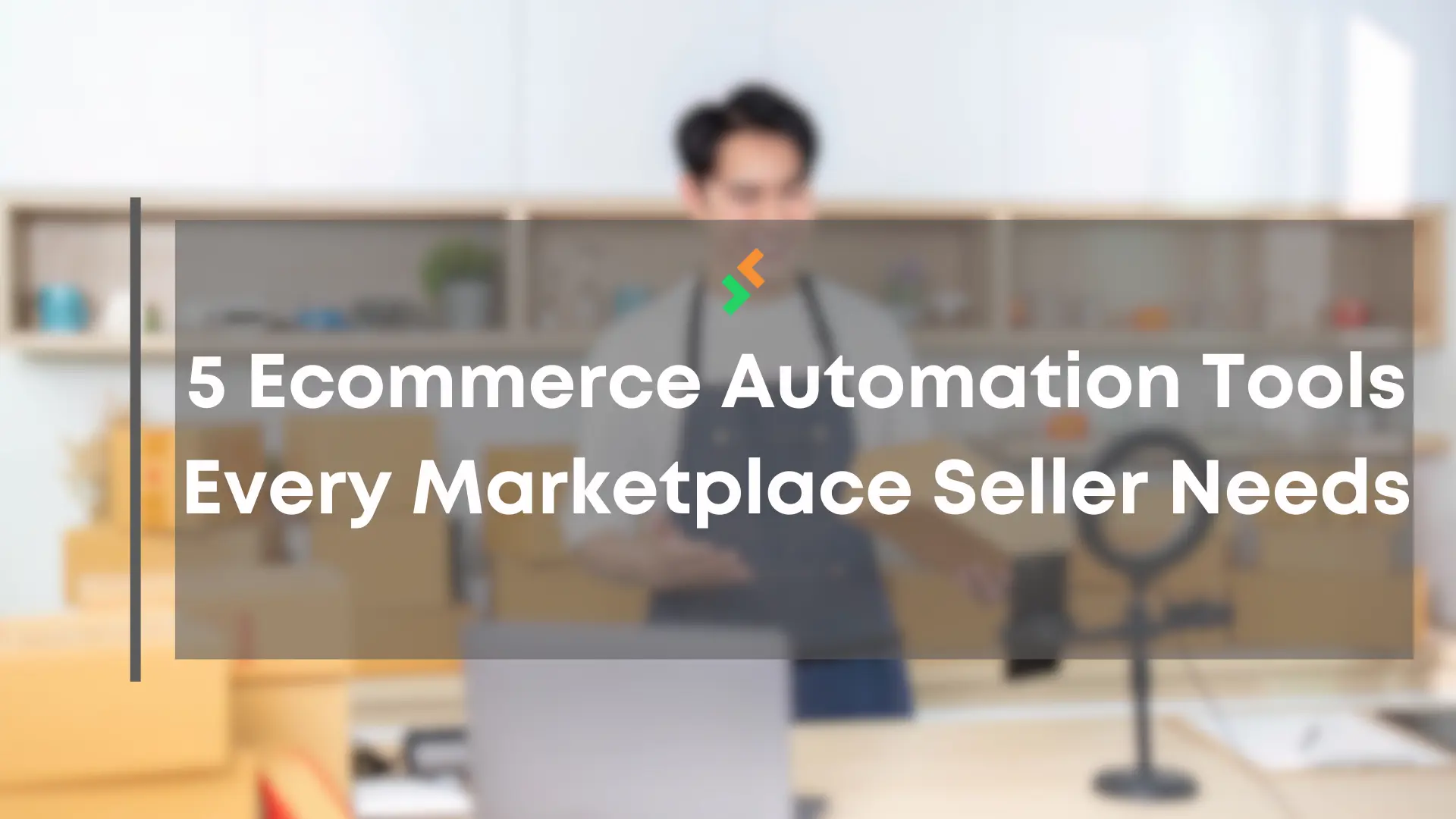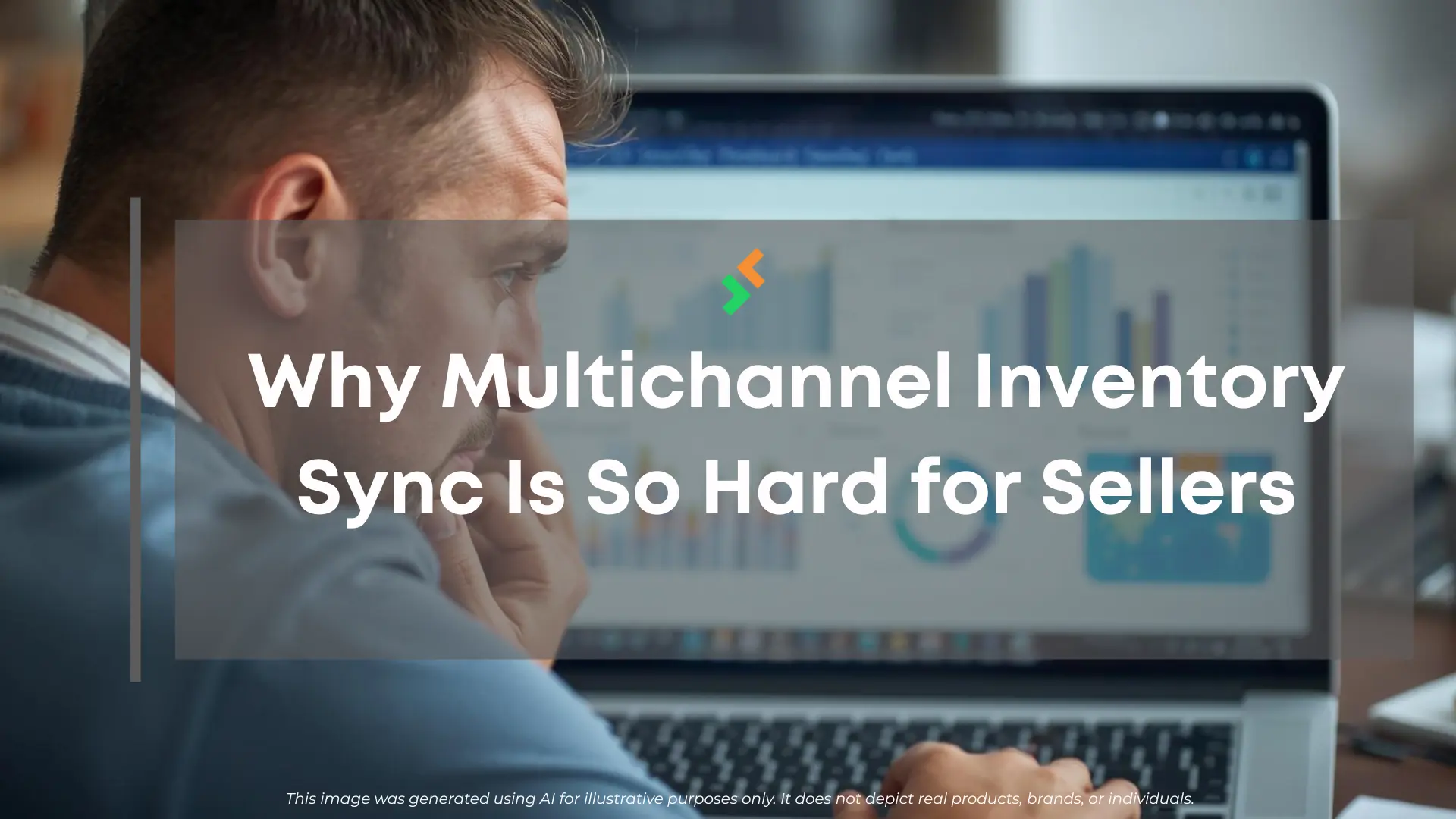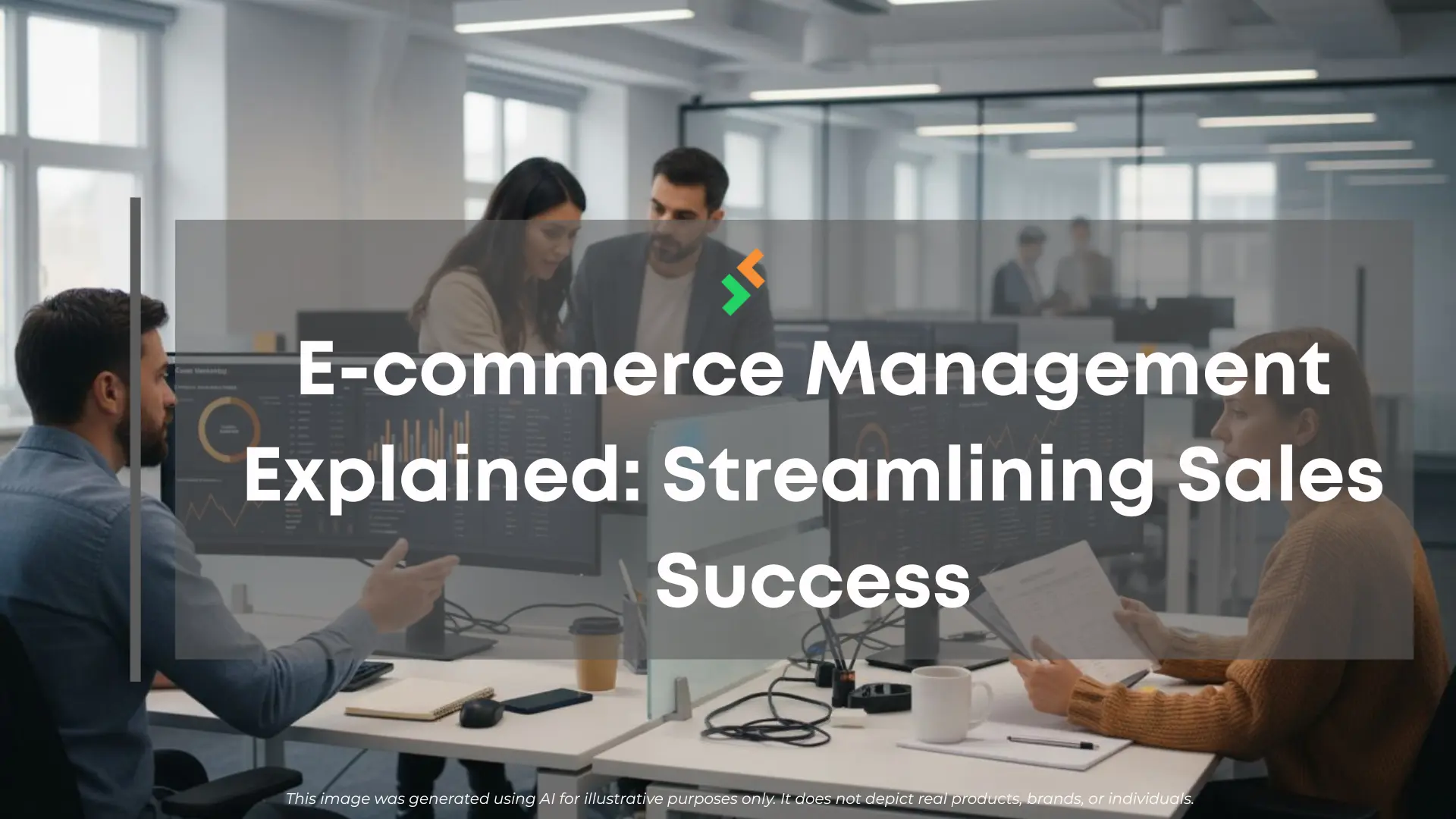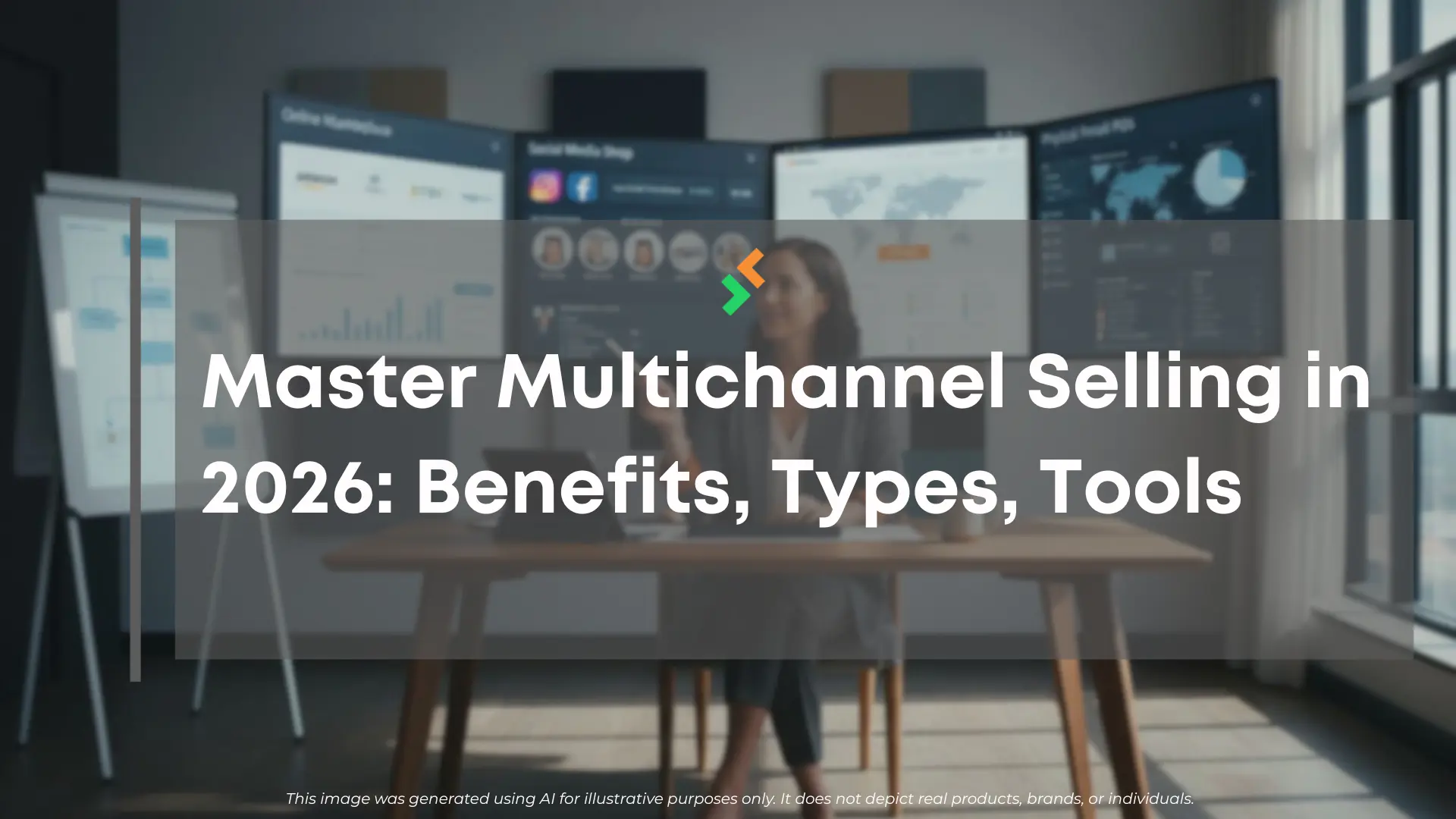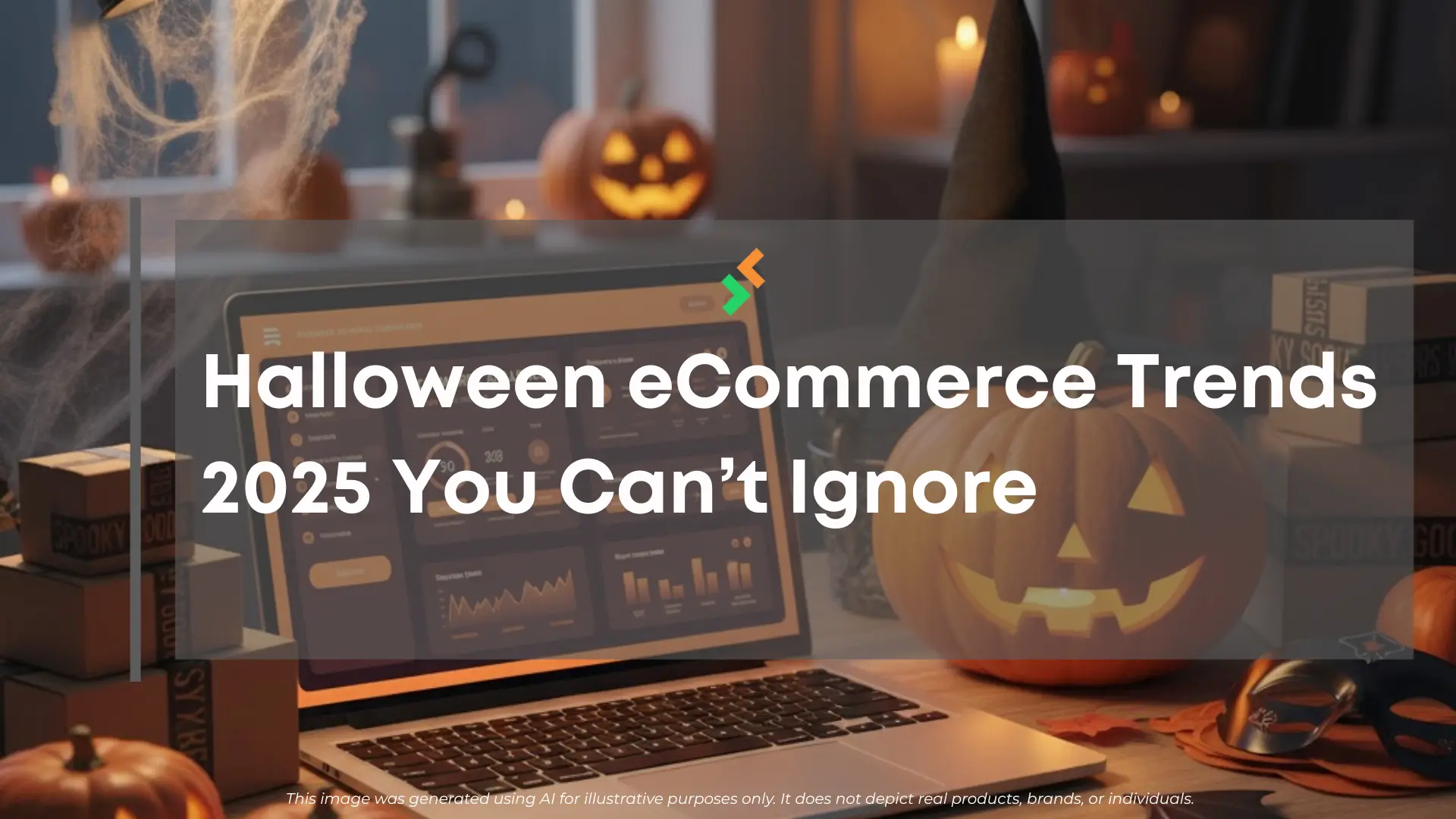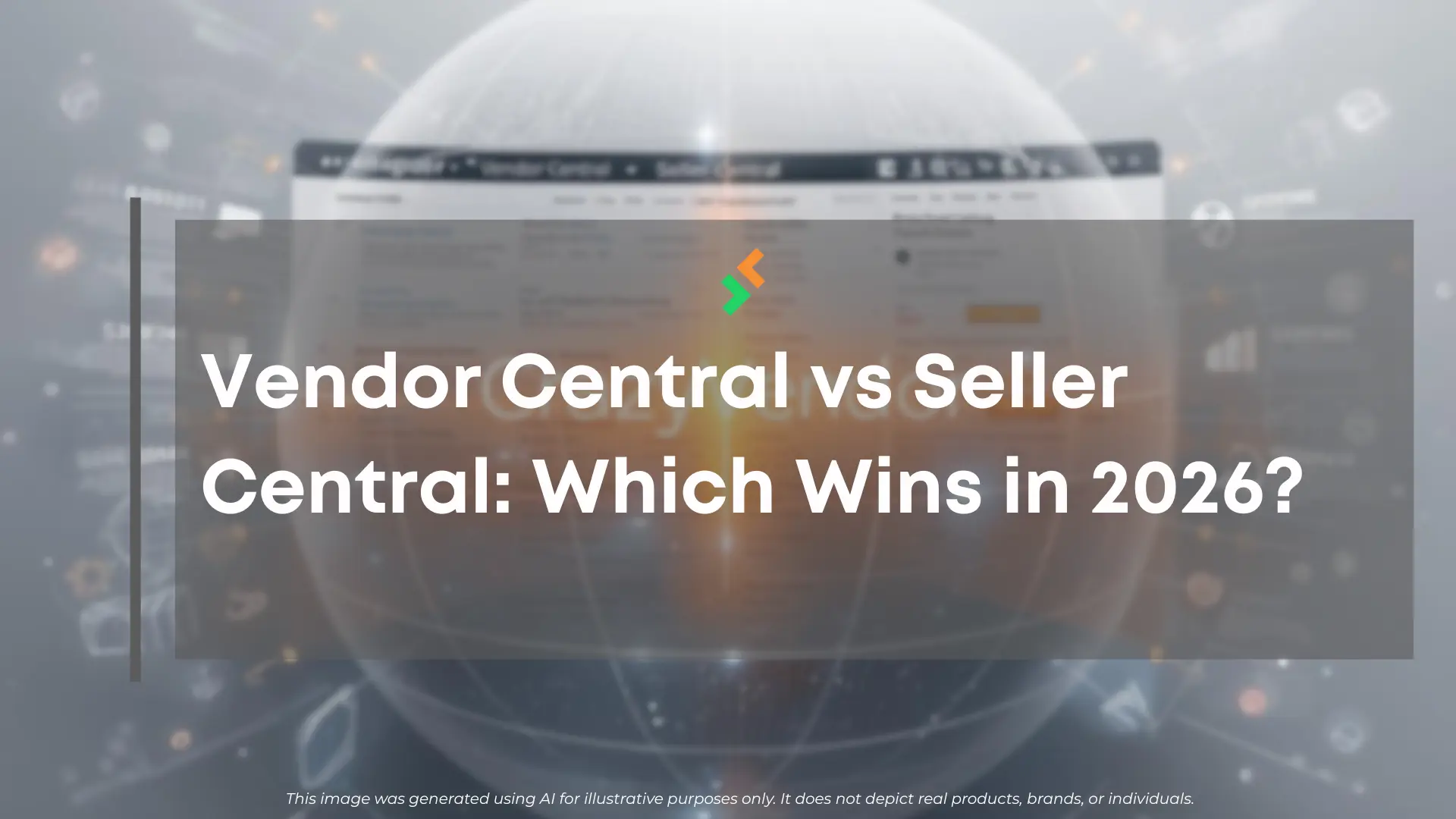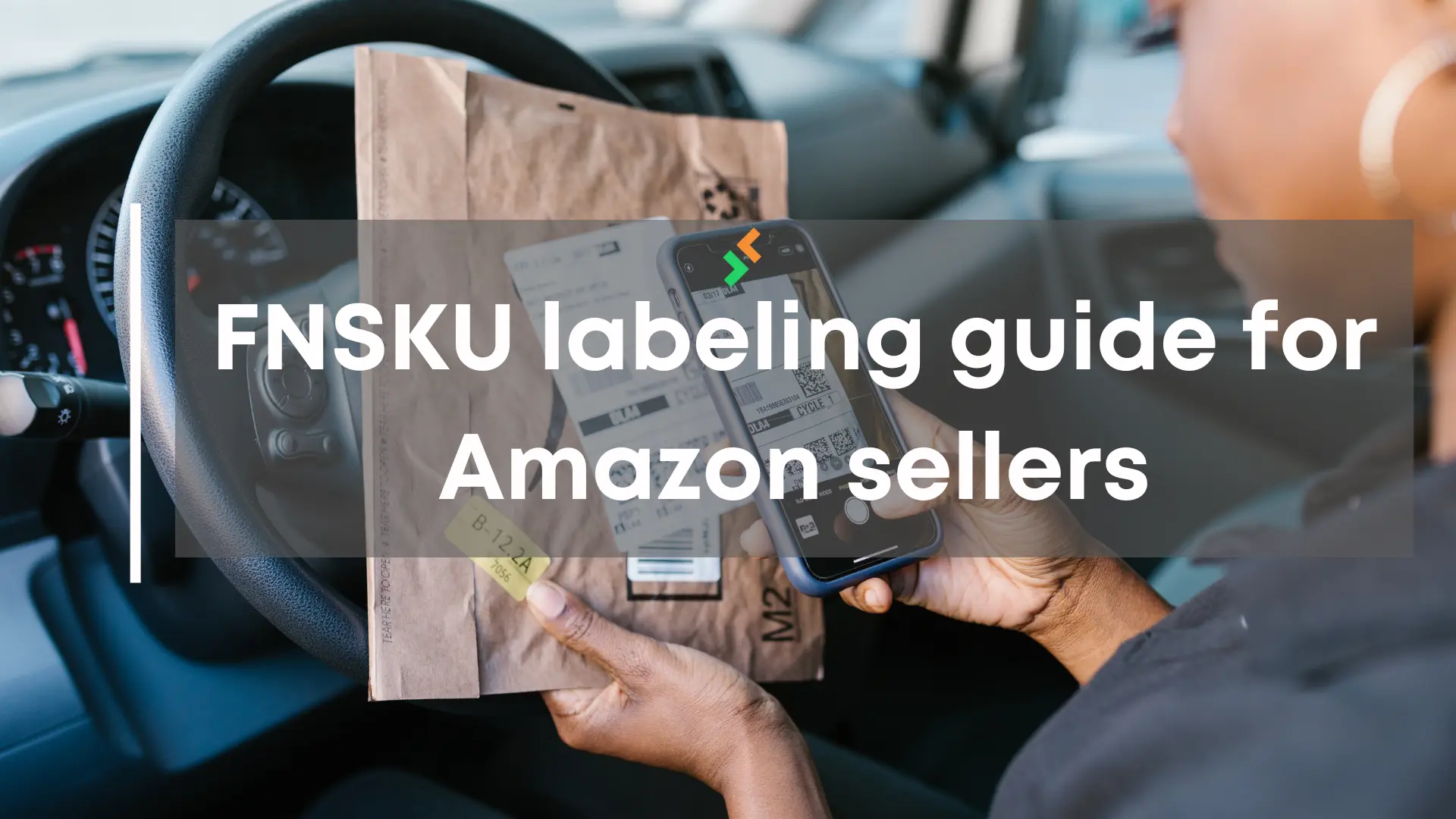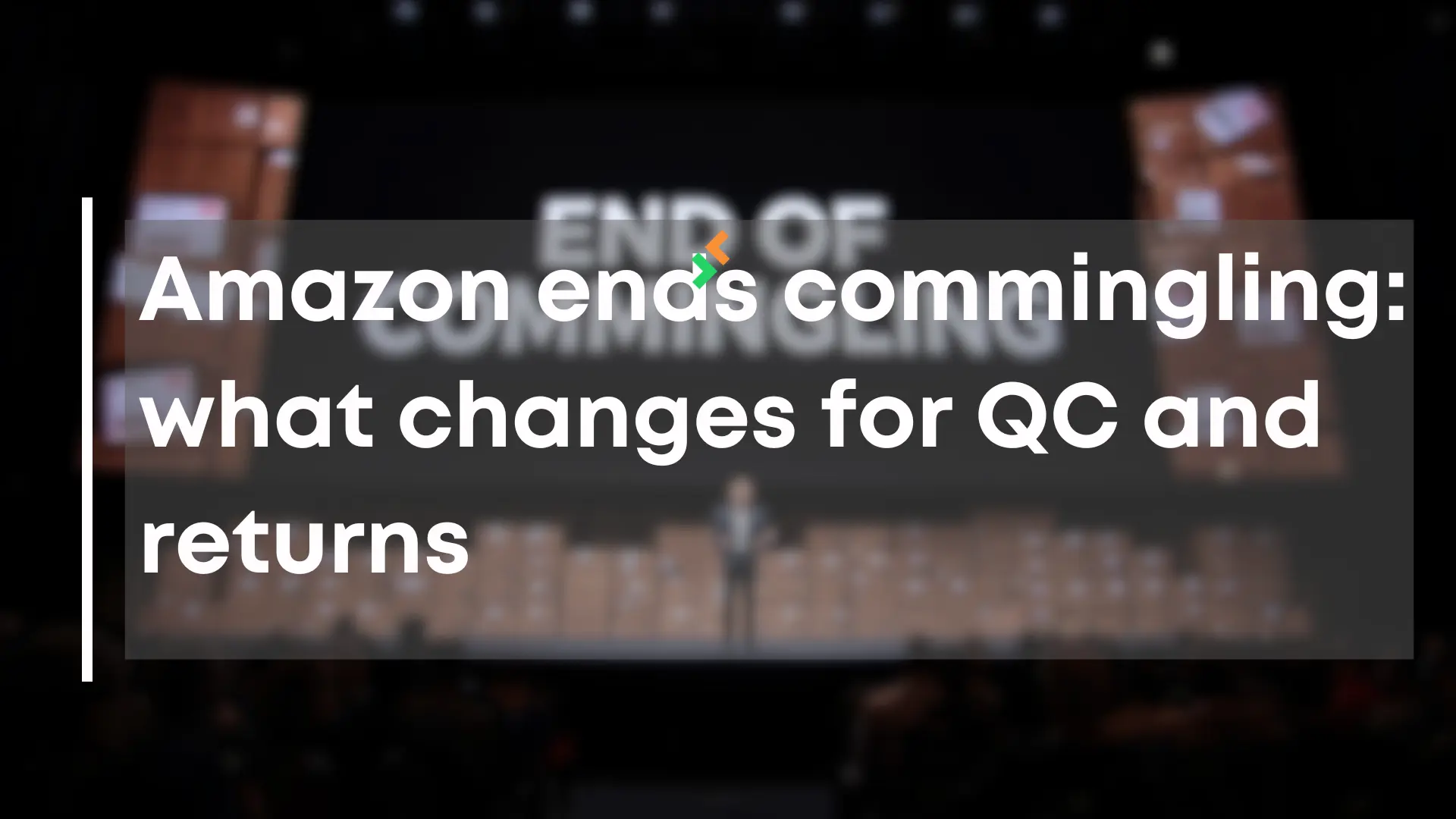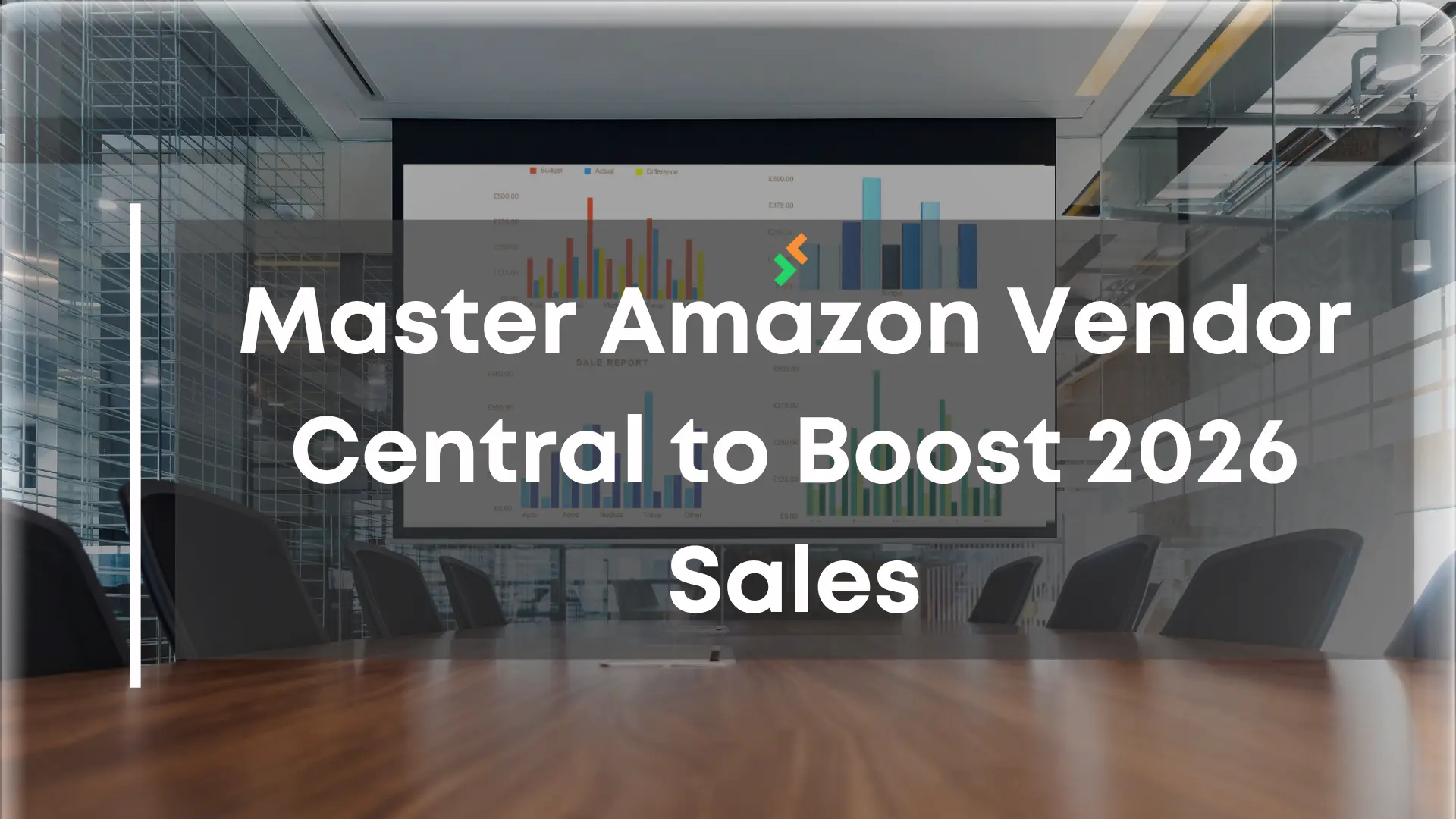
Many brands aim to scale through Amazon Vendor Central, but only a few will truly master it in 2026. Vendor Central will continue to offer huge wholesale opportunities, yet also tighter compliance rules, automated audits, and stricter chargeback policies.
As the year turns, the sellers who thrive will be those who automate, analyze, and adapt — with help from platforms like CrazyVendor, built to make Vendor Central simpler and smarter.
Table of Contents
What is Amazon Vendor Central and How Does It Work?
Amazon Vendor Central will remain Amazon’s exclusive invitation-only platform where brands sell inventory to Amazon instead of through it.
For official guidance on setup and requirements, see Amazon’s Vendor Central page.
Unlike Seller Central, vendors act as first-party suppliers — Amazon buys inventory, manages listings, and sets pricing. That model will still promise scale and brand visibility, but success in 2026 will depend on operational efficiency and proactive data management.
Understanding Vendor Central vs Seller Central
Seller Central gives brands flexibility and pricing control, while Vendor Central offers volume at the cost of tighter constraints. As Amazon continues refining its supplier integrations, the ability to manage large purchase orders (POs) in real time will be key. Order Management by CrazyVendor will allow vendors to automatically sync POs, track fulfillment progress, and stay compliant with updated EDI requirements in 2026.
Why some brands will choose Vendor Central
Vendor Central will continue attracting brands that value stability — consistent purchase orders, Amazon marketing access, and strong product placement. However, longer payment terms and limited pricing transparency will still pose challenges. That’s where Profit Analytics will give vendors better insight into chargeback patterns and SKU-level profitability before losses grow.
Top challenges sellers will face on Vendor Central
Delayed purchase orders and limited visibility
Amazon’s PO system is powerful but not always predictable. In 2026, delays and partial orders will remain common — making automation essential. By linking directly to CrazyVendor’s Order Management, vendors will gain full visibility into every purchase order, shipment, and confirmation in real time.
Chargebacks and evolving compliance rules
Amazon’s compliance requirements will become stricter next year, with faster enforcement and higher penalties for missing data. Using Warehouse Management and Inventory Management, vendors will be able to pre-scan, validate, and label shipments automatically — cutting chargeback risks significantly.
Limited pricing control and forecasting accuracy
Vendor Central’s wholesale pricing will continue to be controlled by Amazon, leaving vendors vulnerable to margin erosion. Profit Analytics will empower sellers to model profit under new pricing and logistics conditions, helping them negotiate better agreements and prevent unexpected losses.
How to master Amazon Vendor Central in 2026
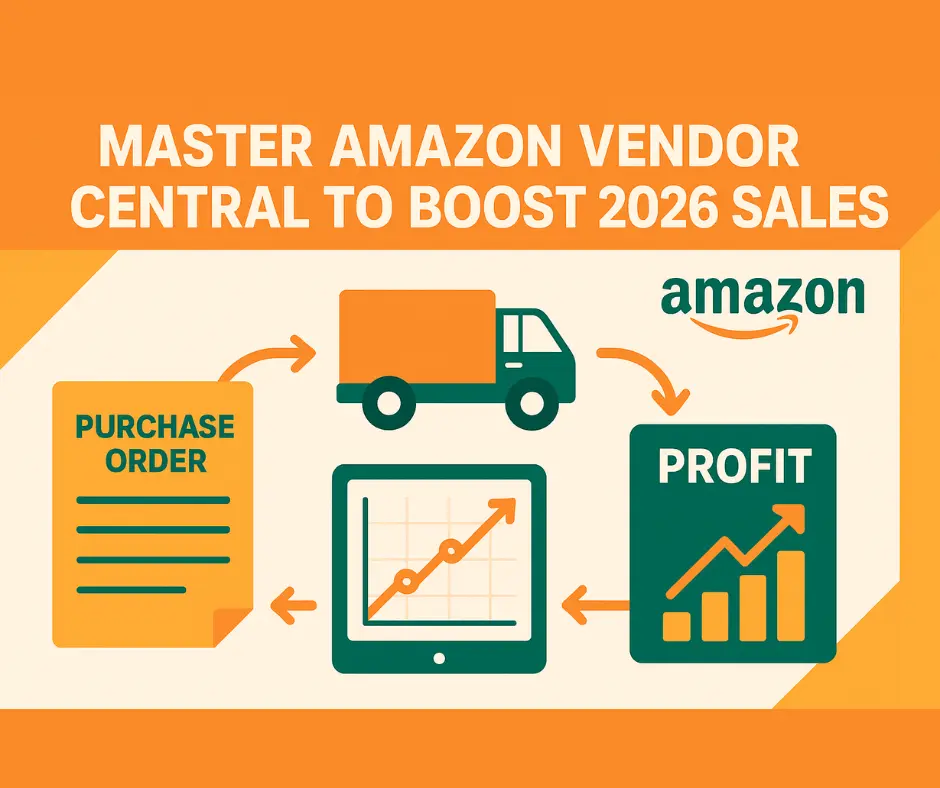
Build a real-time data ecosystem
By 2026, brands that centralize data across marketplaces will outperform those relying on manual tracking. Multichannel Listings will let vendors sync catalog data across Amazon, Walmart, and Shopify — ensuring every SKU remains accurate and up to date across channels.
Automate compliance and case communication
Vendor Central communication is notoriously complex — from case messages to invoice reconciliation. Customer Service Management will automate these interactions, sending vendor updates and alerts automatically. Pair that with Shipping Management to meet delivery SLAs without human bottlenecks. For more insight, check out Automate Customer Messages — it outlines real examples of automation reducing daily vendor workload.
Improve fulfillment visibility across Amazon FCs
Amazon will expand its fulfillment network in 2026, increasing the number of distribution centers vendors ship to. Warehouse Management will help vendors monitor inbound cartons, outbound loads, and return tracking across every FC — maintaining traceability at scale.
Why analytics will define Vendor Central success
The growing role of Profit Analytics
In 2026, analytics won’t be optional — they’ll be the difference between growth and stagnation. Profit Analytics will help vendors identify underperforming SKUs, detect margin losses early, and predict return costs. That kind of visibility will redefine Vendor Central performance measurement.
If you’re still refining your labeling process, our FNSKU Labeling Guide for Amazon Sellers explains how better labeling accuracy feeds directly into cleaner analytics and fewer chargebacks.
Adapting to 2026 policy changes
Amazon will tighten EDI compliance and sustainability packaging requirements. Inventory Management will help vendors standardize item data, automate carton documentation, and prevent compliance rejections as new mandates roll out.
Watch how CrazyVendor will change Amazon operations in 2026
Sellers who want to future-proof their Vendor Central strategy can see exactly how automation, analytics, and unified data flow come together in action. This short video walkthrough shows how CrazyVendor’s connected platform streamlines profit tracking, returns, and compliance for Amazon sellers.
Lessons from the commingling phase-out
Amazon’s 2025 decision to end commingled inventory will continue shaping how vendors handle accountability. Vendor Central partners will be expected to maintain full SKU traceability — from labeling to return processing. Our post, Amazon Ends Commingling: What Changes for QC and Returns, breaks down this shift and what it signals for 2026 operations. CrazyVendor’s connected Warehouse Management and Order Management systems will carry that same precision into every vendor workflow.
FAQs on Amazon Vendor Central
Will Amazon Vendor Central replace Seller Central?
No, but Amazon will likely expand Vendor Central invitations to more established sellers and brands by mid-2026.
How will vendors get invited to Vendor Central?
Amazon will continue sending invitations to top-performing Seller Central brands or manufacturers with consistent volume and reliability scores.
What is EDI, and why will it matter more in 2026?
EDI (Electronic Data Interchange) will remain the core of Vendor Central’s automation. Integrating it with Order Management will prevent manual data entry and reduce invoice errors.
How will automation change Vendor Central next year?
In 2026, automation will drive speed and compliance — with platforms like CrazyVendor offering PO synchronization, chargeback prevention, and real-time profit monitoring.
Conclusion
As 2026 approaches, mastering Amazon Vendor Central will no longer be about just managing POs — it will be about predicting them. The future belongs to brands that build visibility, automate complexity, and measure profitability at every step.
With CrazyVendor, you’ll be equipped to handle Amazon’s evolving Vendor Central ecosystem with precision.
- Profit Analytics will reveal your true margins.
- Order Management will ensure no PO slips through.
- Warehouse Management will make every shipment traceable and compliant.
CrazyVendor will help you make 2026 your most profitable Amazon Vendor Central year yet.

